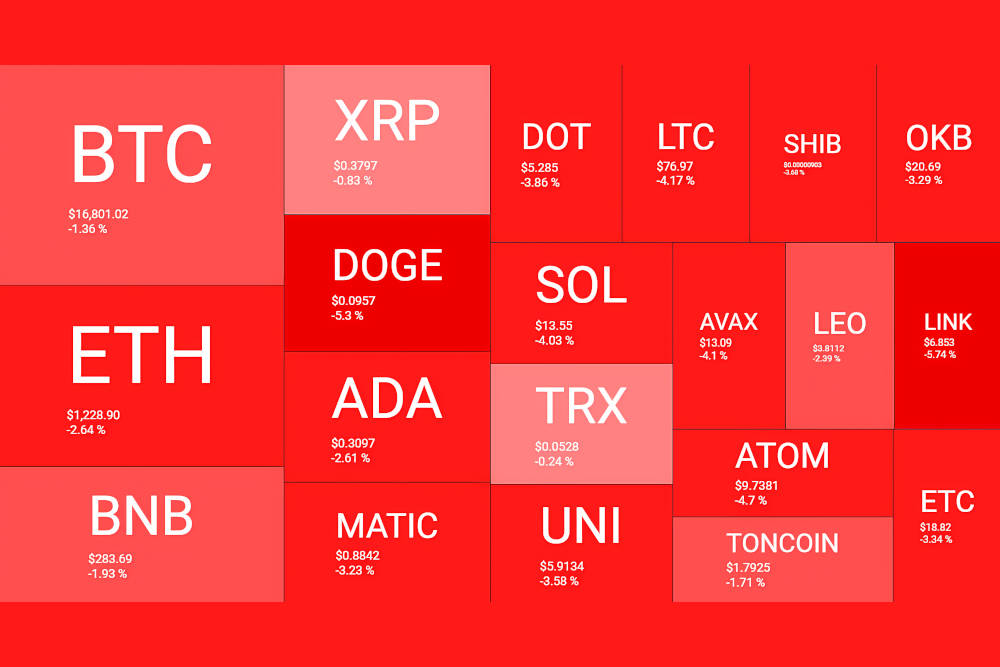
There’s no guaranteed answer, but we can assess probabilities and scenarios. Markets are inherently unpredictable, so think of this more as informed speculation than certainty.
Here are factors and scenarios to consider, and where I lean personally.
Panaprium is independent and reader supported. If you buy something through our link, we may earn a commission. If you can, please support us on a monthly basis. It takes less than a minute to set up, and you will be making a big impact every single month. Thank you!
What we know now: Altcoins are down this week
-
The broader crypto market is seeing a pullback: Bitcoin and many altcoins have dipped. (Barron's)
-
Altcoins tend to exaggerate Bitcoin’s moves — when BTC dips, many alts fall harder (because they’re more speculative, less liquid). (Investing.com)
-
The “Altcoin Season Index” and other metrics are mixed — they’re showing signs of recovery in some periods, but not uniformly strong across the board. (Binance)
-
Some analysts believe the bull market is still intact, pointing to institutional flows, regulatory clarity, and macro tailwinds. For example, Invesco expects new highs in 2025 driven by improved regulation. (Invesco)
-
But there are also warnings that we may be near a peak, or that the current rally could run out of steam. (Morningstar)
What would make altcoins recover (i.e. reasons to be optimistic)
Here are catalysts that could pull altcoins back upwards:
-
Bitcoin stabilizes or resumes upward trend
If BTC recovers or acts as a strong support base, capital often flows back into altcoins as investors search for higher upside. -
Capital rotation from BTC → Alts
Once Bitcoin reaches resistance or slows, investors may look for alts with higher growth potential, pushing money into them. -
Strong fundamentals or news in altcoin projects
Breakthroughs in technology, protocol upgrades (ETH, Solana, etc.), partnerships, DeFi/NFT growth, etc., can boost individual altcoins, sometimes independently of BTC. -
Macro & regulatory tailwinds
Lower interest rates, favorable regulation, ETF inflows, institutional adoption — these help the broader crypto ecosystem, which benefits many altcoins. -
Oversold conditions & sentiment reversal
If altcoins get oversold, and sentiment shifts (fear → greed), technical bounce or momentum reversals are common in speculative markets.
What would suggest the bull market could be ending or weakening
And the risks / counterarguments:
-
Macro headwinds (rising interest rates, dollar strength, capital outflows from risk assets) could dampen appetite for cryptocurrencies.
-
Regulatory crackdowns or unfavorable policy shifts in major markets (US, EU, China) could hurt confidence.
-
Exhaustion in Bitcoin or major resistance zones — if BTC stalls or reverses strongly, that may drag alts further down.
-
Diminishing speculative interest — if retail or speculative demand fades, alts will suffer more than BTC.
-
Divergence or lagging altcoin performance — if alts fail to respond while BTC rallies, that may signal weakening structures.
My view / probability estimate
Given what I see now:
-
I think it’s more likely than not that altcoins will recover in time, assuming no disastrous macro shock or regulatory reversal.
-
But I don’t think every altcoin recovers — performance will be very uneven. The ones with real use cases, good fundamentals, and strong developer ecosystems are more likely to bounce back.
So, in my estimation:
-
Bull market is probably not over — we may be in a normal pullback or correction phase.
-
We might see altcoin recovery in a few weeks to months, particularly once BTC finds support and rotation begins.
Whether you should sell or hold altcoins depends on your goals, risk tolerance, and timeframe, rather than just this week’s drop. Let’s break it down clearly.
1️⃣ If you’re a long-term investor (months–years)
-
Hold is generally better if:
-
You believe in the projects’ fundamentals (ETH, SOL, MATIC, etc.).
-
You can tolerate short-term volatility.
-
You’re aiming for long-term growth, not quick profits.
-
-
Why:
-
Altcoins are highly volatile — weekly dips are normal.
-
Historically, most major altcoins recover after corrections if the overall bull market persists.
-
Selling during a temporary dip locks in losses unnecessarily.
-
2️⃣ If you’re a short-term trader (days–weeks)
-
Sell or reduce exposure might make sense if:
-
You want to lock in profits before a further drop.
-
Technical indicators show oversold/overextended conditions for your altcoins.
-
You’re not comfortable with sudden spikes in volatility.
-
-
Why:
-
Short-term swings can be brutal in altcoins — some coins lose 10–30% in days.
-
Timing the market is risky, but small profit-taking is reasonable if your plan allows.
-
3️⃣ Consider a middle path
-
Partial sell / rebalancing:
-
Sell a portion of your holdings to secure some gains.
-
Keep core positions in strong projects for long-term upside.
-
-
Set stop-loss levels:
-
Helps limit losses if the market drops further.
-
-
Stay diversified:
-
Don’t rely on a single altcoin; spread across several strong projects.
-
4️⃣ Other factors to watch
-
Bitcoin’s trend: Altcoins often follow BTC. If BTC stabilizes or rallies, altcoins often rebound.
-
Market sentiment: Fear can cause temporary dips — recovery can happen quickly if sentiment improves.
-
Fundamentals: Coins with strong adoption, developers, or partnerships are more likely to recover.
✅ Bottom line
-
Long-term investor: Hold, maybe take partial profits.
-
Short-term trader: Consider reducing exposure or using stop-losses.
-
Risk-averse: Take some gains but keep a core position.
Was this article helpful to you? Please tell us what you liked or didn't like in the comments below.
Disclaimer: The above content is for informational and educational purposes only and does not constitute financial or investment advice. Always do your own research and consider consulting with a licensed financial advisor or accountant before making any financial decisions. Panaprium does not guarantee, vouch for or necessarily endorse any of the above content, nor is responsible for it in any manner whatsoever. Any opinions expressed here are based on personal experiences and should not be viewed as an endorsement or guarantee of specific outcomes. Investing and financial decisions carry risks, and you should be aware of these before proceeding.
About the Author: Alex Assoune
What We're Up Against
Multinational corporations overproducing cheap products in the poorest countries.
Huge factories with sweatshop-like conditions underpaying workers.
Media conglomerates promoting unethical, unsustainable products.
Bad actors encouraging overconsumption through oblivious behavior.
- - - -
Thankfully, we've got our supporters, including you.
Panaprium is funded by readers like you who want to join us in our mission to make the world entirely sustainable.
If you can, please support us on a monthly basis. It takes less than a minute to set up, and you will be making a big impact every single month. Thank you.



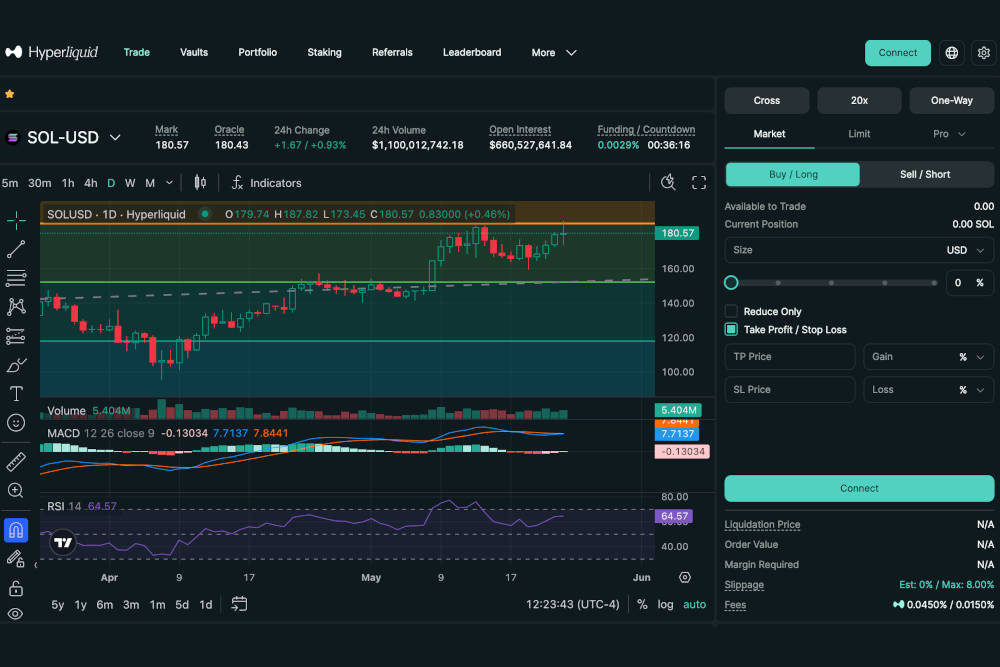

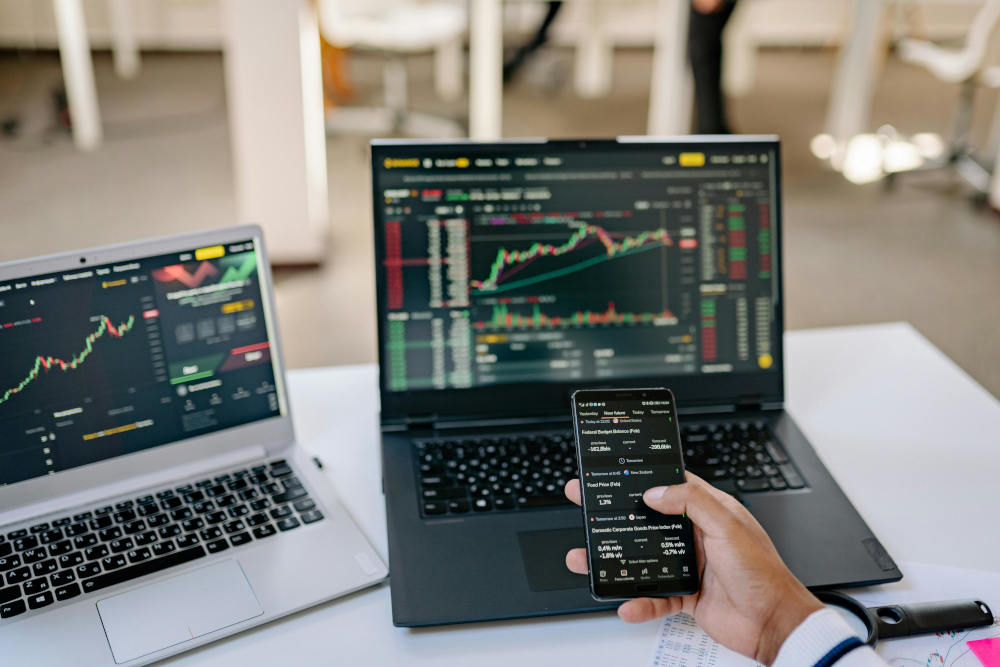
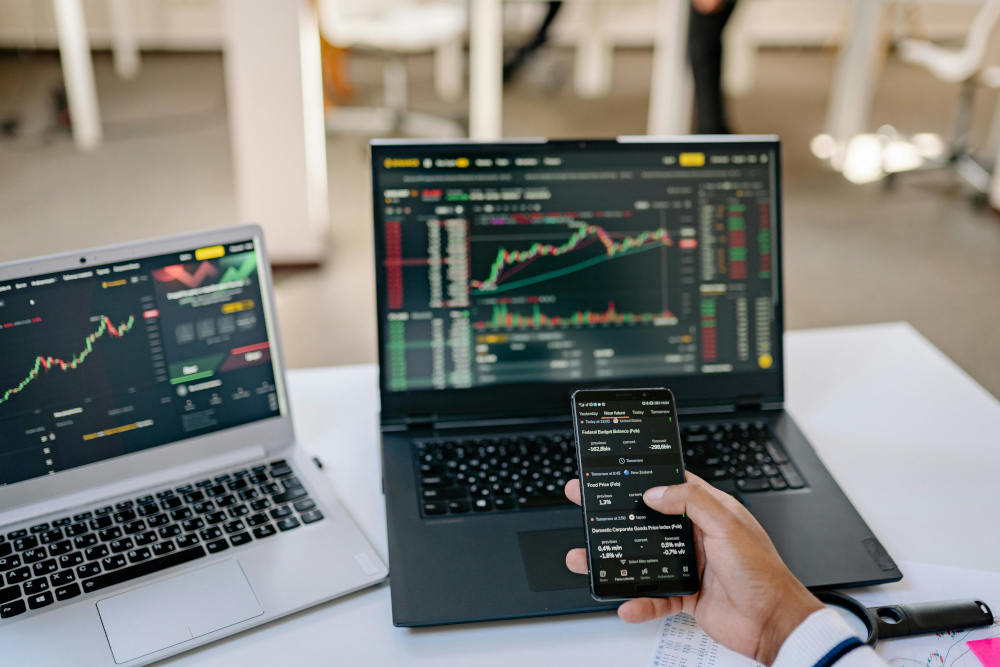
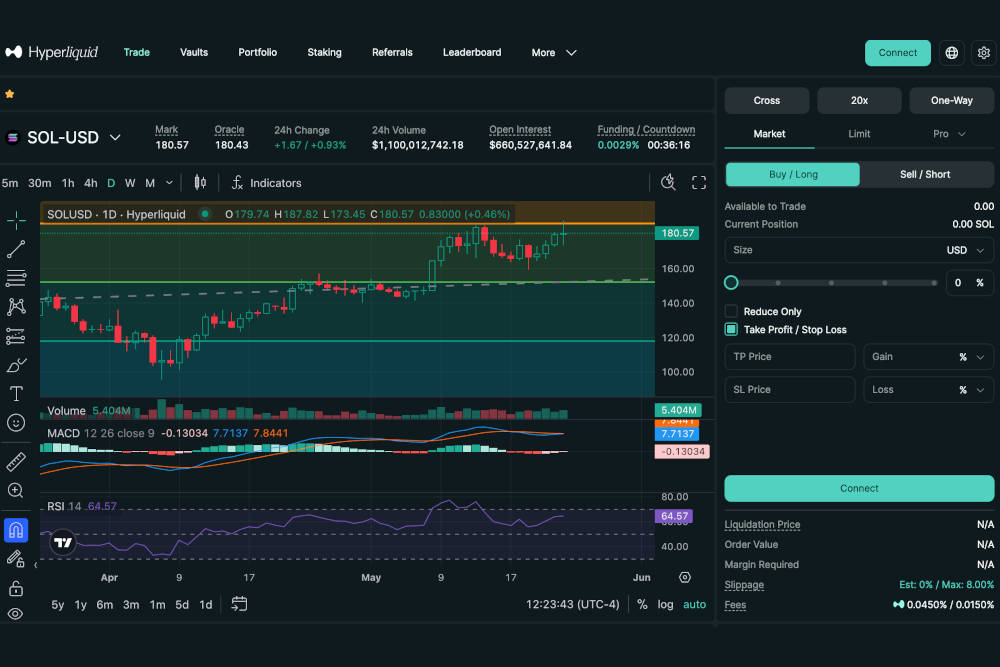
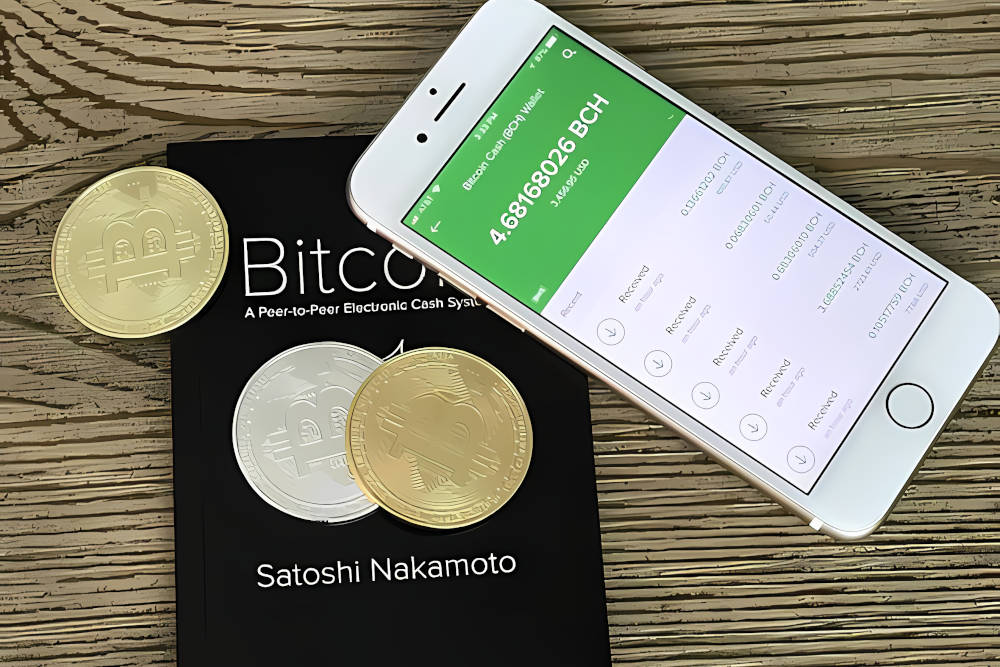



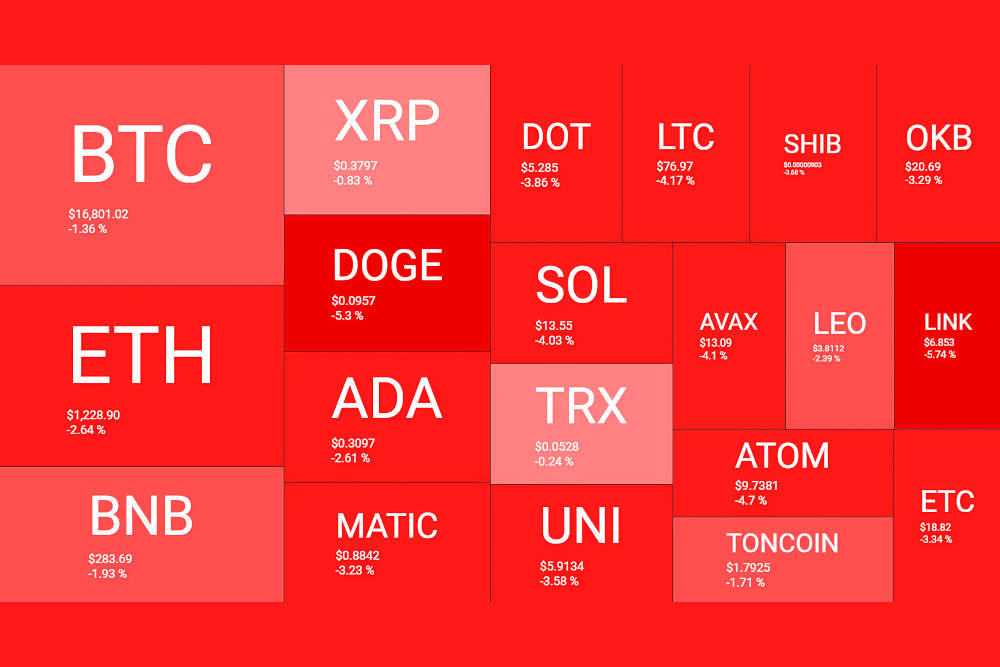


















0 comments